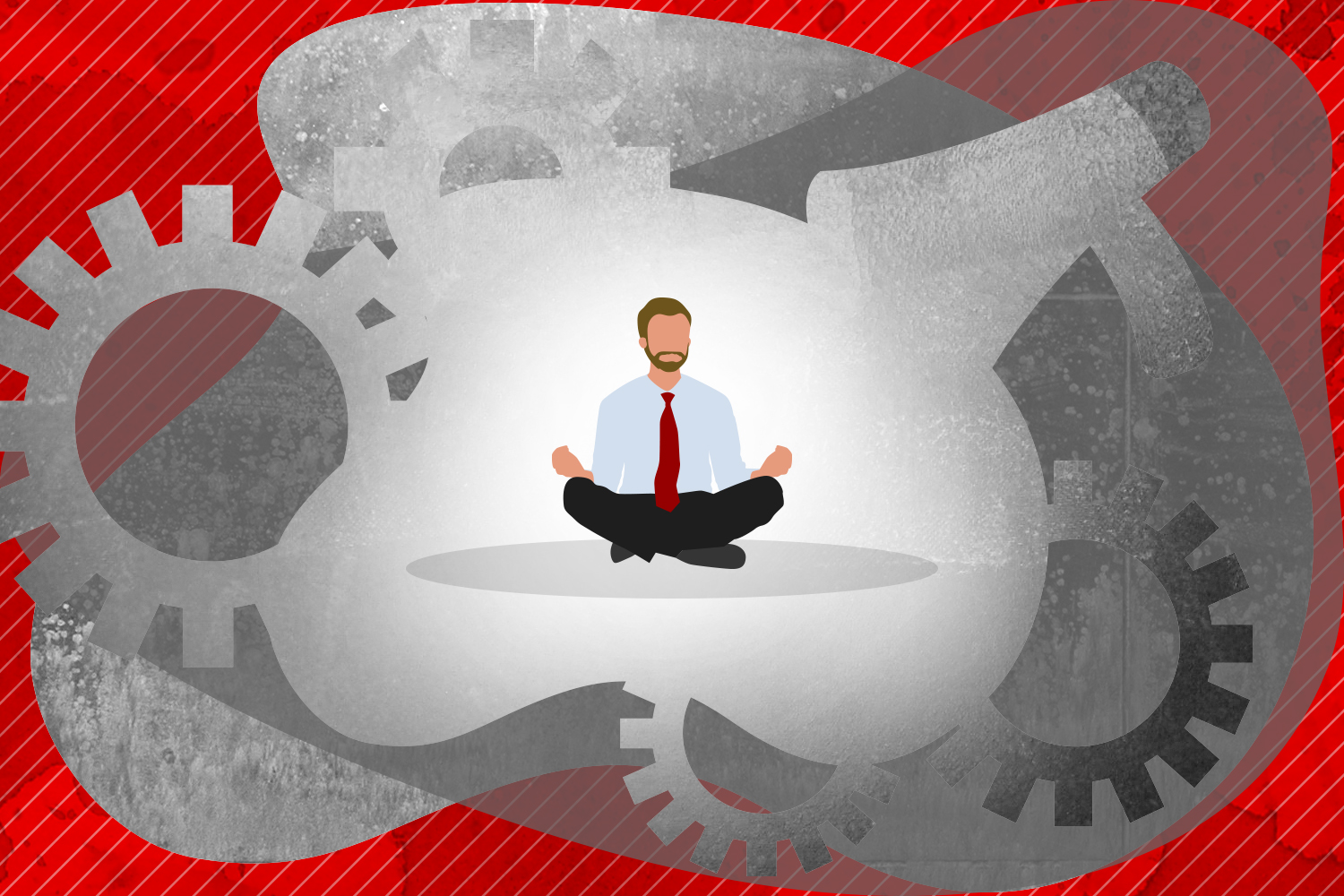Mindfulness helps people face stress head on

Since 2004, Maryanna Klatt’s Mindfulness in Motion program has empowered people to stand up to daily stress.
It’s a program that’s become increasingly important and popular this past year.
“COVID-19 unveiled we don’t have the same level of control that we think we do,” said Klatt, professor of clinical family and community medicine at Ohio State. “How do you deal with constant change? That’s where mindfulness helps.”
Increasingly, we need all the help we can get. Nationwide statistics on stress are staggering. According to the American Institute of Stress, more than 70% of Americans experience stress that impacts their physical and mental health.
“Human stress is universal,” Klatt said. “But it’s how you respond to it that matters.”
Klatt helps people become resilient. In the years since creating Mindfulness in Motion, Klatt has continued to hone the program while researching and validating its benefits.
The results are fairly staggering in their own right.
And the latest research shows those numbers are sustained beyond a year. That’s a really positive thing because for some resiliency programs that’s not the case.
That’s what mindfulness can help people do. It doesn’t take the stresses away. It is being able to stand in the stresses of your life and not let them totally run you over.
So in a certain sense, COVID has helped me see this is a scalable program because I’ve never wanted to go virtual. Now I see if I’m getting the same results, that’s ridiculous not to offer a virtual option.
I work with cancer survivors, so, doing this virtually, cancer survivors who can’t get to in-person intervention could connect virtually and get the benefits.
That’s my next move, to scale it to be available for more populations.
Ohio State has a real opportunity to spread it outside our walls and help a lot of people.
My whole focus for the next year is, again, to scale the train-the-trainer program because that’s the power of this. We want to take it out to businesses, law firms, municipalities that would like to provide their employees with resiliency building and increase employee well-being.
Recently, the Ohio Hospital Association sponsored three health systems across Ohio so we could train them to deliver it at their own health systems. There’s also a health system in Michigan that is doing it. They’re all going through it now. It’s been fabulous to work with them. I’ve loved it.
We even had someone from Denmark I trained through a research study. He went back and did it at the second largest bank in Scandinavia, in Copenhagen, and we got the same results.
I have a class for college students called the Mindful College Student for freshmen to give them these skills early to apply to their college career.
We did a research study for people with multiple sclerosis (in Minnesota) and got good results there. There’s a pulmonary fellow (at Ohio State) who’s going to start delivering it for people with breathing problems as part of their pulmonary rehab.
We also worked with employees from the City of Dublin. I really enjoyed that. The mayor was there, people who cut the grass were there, people from all walks of life who all contributed to the same work place. I also worked with the City of Columbus with those in refuse collection, and I loved working with them.
It’s the pragmatic nature of the program that’s the biggest contribution and its ability to be tweaked for any population.
If you are stressed you are probably breathing very shallow. Utilize that knowledge, breathe slower and deeper and see if your stress level changes at all.
Be open to what is happening right now, rather than wishing it were different. That is a sure way to miss your life. Our lives are made up of moments, so we need to pay attention to the reality of them.
Looking to try some of Klatt’s mindfulness practices? The following two-minute videos were developed for people dealing with anxiety and stress associated with COVID-19. Try them the next time you need to reset.